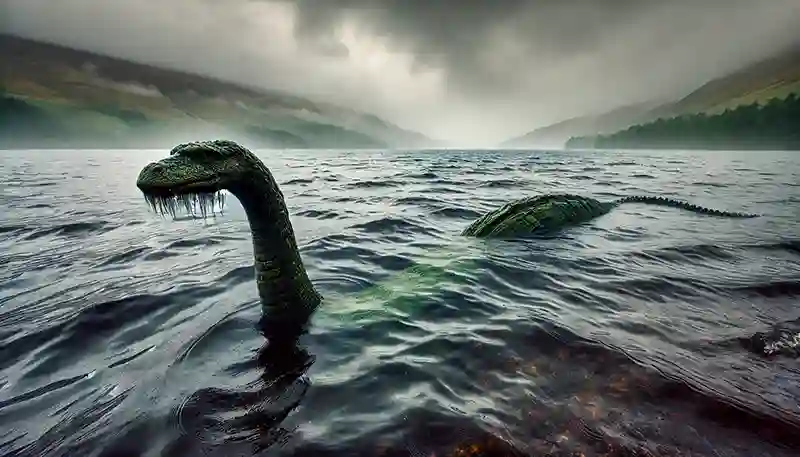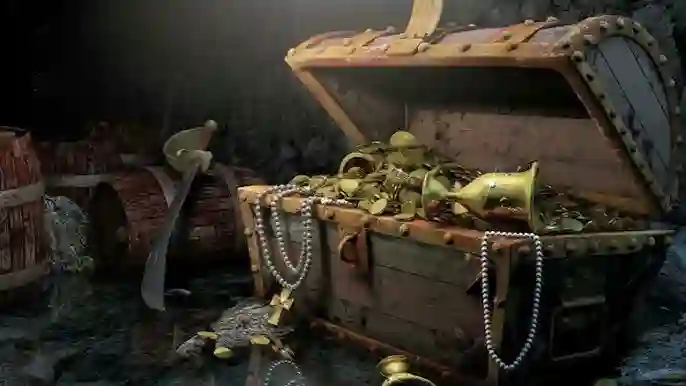The Loch Ness Monster, affectionately known as “Nessie,” has captivated the minds and imaginations of people worldwide for centuries. This enigmatic creature is said to inhabit Loch Ness, a vast freshwater lake in the Scottish Highlands.
The question remains, “Is the Loch Ness Monster real?” Despite numerous sightings, photographs, and speculations, Nessie remains an unsolved mystery that continues to intrigue scientists, cryptozoologists, and thrill-seekers alike.
The tale of the Loch Ness Monster is a complex tapestry of folklore, scientific inquiry, and relentless pursuit of the unknown, compelling us to examine what we know, what remains unexplained, and the various theories that attempt to solve this enduring enigma.
What We Know: The Facts Surrounding the Loch Ness Monster
The legend of the Loch Ness Monster dates back to ancient times, with the earliest recorded sighting occurring in 565 AD, when Irish monk Saint Columba reportedly encountered a beast in the River Ness. However, it wasn’t until the 20th century that the Loch Ness Monster began to capture widespread attention. In 1933, George Spicer and his wife reported seeing a large creature cross the road in front of their car near Loch Ness. This sighting sparked a media frenzy, leading to a surge in public interest and subsequent investigations.
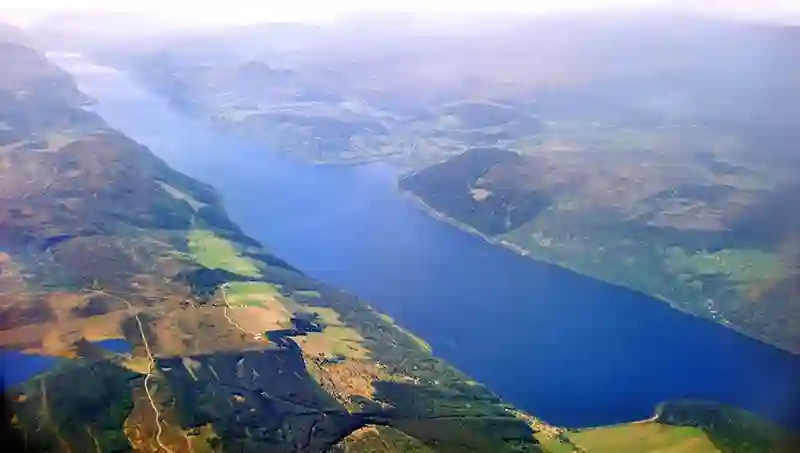
Scientifically, Loch Ness itself presents a unique environment. It is the largest and deepest freshwater lake in the British Isles, with a depth of over 230 meters (755 feet) and a length of about 37 kilometers (23 miles). The loch’s murky waters, caused by high levels of peat particles, make underwater exploration challenging, often obscuring visibility and adding to the mystery. Over the years, numerous expeditions have used sonar, submersibles, and drones to scan the loch’s depths. Despite these efforts, no definitive evidence of a large, unknown creature has been found.
There are many theories regarding what the Loch Ness Monster could be. Some suggest it might be a type of large fish, like a sturgeon or catfish, that occasionally surfaces, creating the illusion of a monster. Others propose it could be a plesiosaur, a marine reptile from the Jurassic period, somehow surviving to modern times. However, no conclusive fossil evidence supports this theory.
The Unsolved or Unexplained: What Remains a Mystery?
Despite the many scientific investigations and technological advancements, several aspects of the Loch Ness Monster phenomenon remain unsolved. For instance, sonar readings from the 1980s have occasionally revealed large, moving objects deep in the loch, but these readings have never been corroborated by other forms of evidence. In 2018, a comprehensive DNA study of Loch Ness conducted by a team of international scientists found no signs of large animals such as sharks, catfish, or prehistoric reptiles. However, the study did find a significant amount of eel DNA, leading some to speculate that Nessie could be an unusually large eel. Yet, this theory has not been universally accepted.
The mystery is further complicated by the numerous eyewitness accounts, some of which come from seemingly credible sources, such as police officers, military personnel, and even priests. These accounts often describe a large, serpentine creature with humps protruding from the water, moving at a speed that defies known aquatic animals in Loch Ness. While some skeptics argue that these sightings could result from misidentifications of known animals, floating debris, or optical illusions, the consistency of these reports over time makes it difficult to dismiss them outright.
The existence of numerous hoaxes, like the infamous 1934 “Surgeon’s Photograph,” which was revealed in 1994 to be a staged image of a toy submarine with a plastic head, further muddies the waters of this mystery. The debunking of such hoaxes does not negate the fact that many eyewitnesses genuinely believe they have seen something extraordinary.
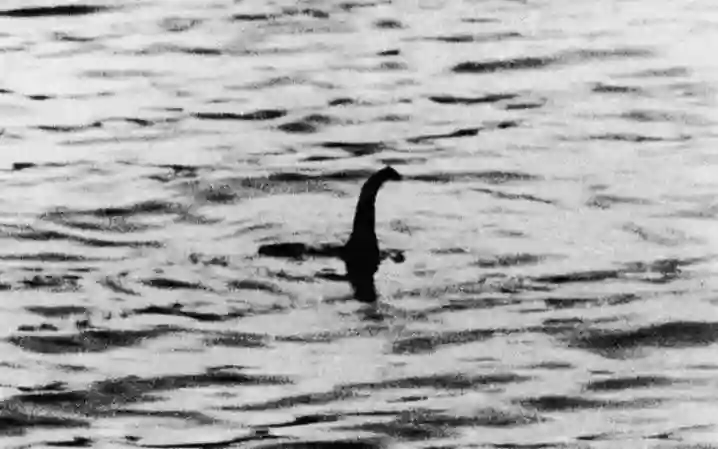
Theories and Speculation: What Could the Loch Ness Monster Be?
The question “Is the Loch Ness Monster real?” continues to invite a plethora of theories and speculations, ranging from the scientifically plausible to the wildly imaginative. Below are some of the most prominent theories:
- Surviving Plesiosaur Theory
One of the most popular theories suggests that the Loch Ness Monster could be a plesiosaur, a long-necked marine reptile thought to have gone extinct around 66 million years ago. Proponents of this theory argue that Nessie’s long neck and hump-like features resemble that of a plesiosaur. However, this theory faces significant scientific challenges. Plesiosaurs were marine reptiles that lived in saltwater, and the likelihood of a population surviving undetected in a freshwater environment like Loch Ness is minimal. Additionally, no fossil evidence supports the existence of plesiosaurs in Loch Ness. - Giant Eel Hypothesis
Another theory, supported by the 2018 DNA study of Loch Ness, proposes that Nessie could be a giant eel. Eels are native to Loch Ness, and their serpentine shape fits many descriptions of the monster. While the idea of a giant eel is plausible, no known eel species reaches the size described in many Nessie sightings. Nonetheless, this theory has gained traction among some researchers as the most likely explanation for some of the sightings. - Myth and Folklore Interpretation
Some researchers suggest that the Loch Ness Monster is a manifestation of local folklore and myths. In Scottish mythology, the lochs and waters are often home to mysterious and dangerous creatures. The legend of the kelpie, a shape-shifting water spirit, has been associated with Loch Ness. It’s possible that the monster is a modern-day interpretation of these ancient legends, with each sighting adding to the mythos rather than providing factual evidence of a creature. - Psychological and Optical Illusion Theories
Certain scholars propose that sightings of the Loch Ness Monster may be the result of optical illusions, misidentifications, and the psychological phenomenon known as “expectancy.” In this context, individuals who visit Loch Ness with the expectation of seeing something unusual are more likely to interpret natural phenomena (such as waves, shadows, or logs) as evidence of a creature. This psychological effect can explain many of the reported sightings over the years. - Hoaxes and Misidentifications
Many documented encounters have been dismissed as deliberate hoaxes or simple misidentifications of known objects or animals. From the infamous “Surgeon’s Photograph” to more recent claims, some cases have been revealed as fabrications meant to fuel the legend and attract tourism. Yet, these incidents do not account for all reports, leaving the door open for further inquiry.
Among the various theories, some suggest that the Loch Ness Monster could be a manifestation of local folklore and myths, similar to other enigmatic figures throughout history. In Scottish mythology, lochs and waters are often considered homes to mysterious creatures, much like how ancient civilizations had their myths and legends. For instance, the mystery surrounding the Sphinx’s mythology draws parallels to the tales of Nessie, showcasing how different cultures have their own stories about mythical beings and unexplained phenomena.
Frequently Asked Questions (FAQs)
1. What is the mystery of the Loch Ness Monster?
The mystery revolves around the existence of an unidentified creature in Loch Ness, with numerous sightings and photographs but no conclusive evidence.
2. What is the meaning of the Loch Ness Monster?
The Loch Ness Monster symbolizes the human fascination with the unknown and the possibility of undiscovered creatures in our world.
3. What animal is the Loch Ness Monster?
While some theories suggest it could be a giant eel or a surviving plesiosaur, there is no definitive evidence identifying the Loch Ness Monster as any specific animal.
4. How big is the Loch Ness Monster?
Estimates of the Loch Ness Monster’s size vary, but many eyewitnesses describe it as being between 20 to 40 feet long.
5. Is the Loch Ness Monster real in 2024?
As of 2024, there is no conclusive evidence proving the existence of the Loch Ness Monster, but the legend and search continue.
6. What does the Loch Ness Monster look like?
Descriptions of the Loch Ness Monster vary, but it is commonly depicted as a large, serpentine creature with humps protruding from the water.
7. How old is the Loch Ness Monster?
The legend of the Loch Ness Monster dates back to ancient times, with the first recorded sighting in 565 AD, but its true age remains unknown.
A Mystery Yet to be Solved
The question “Is the Loch Ness Monster real?” remains unanswered. While scientific efforts have provided explanations for many aspects of the mystery, they have not completely debunked the idea that something unknown could be lurking in the depths of Loch Ness.
The combination of historical records, eyewitness accounts, and unexplained sonar readings suggests that this mystery is far from being solved. Whether Nessie is a giant eel, a surviving relic from the past, or a figment of the human imagination, the Loch Ness Monster endures as a symbol of the unknown, drawing us to explore, question, and wonder.
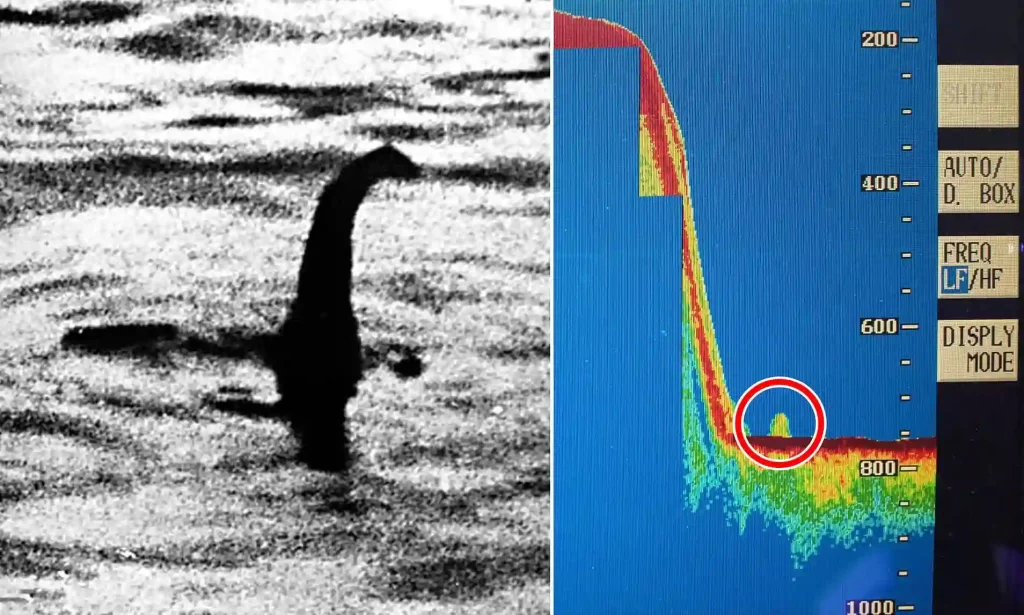
Use of Our Content
⚠️ Content on “Mystery Uncover” is protected under US and International Copyright Laws.
You are free to reuse, republish, and share our content by giving credit to the source as Mystery Uncover with a link to the original material on mysteryuncover.com.


